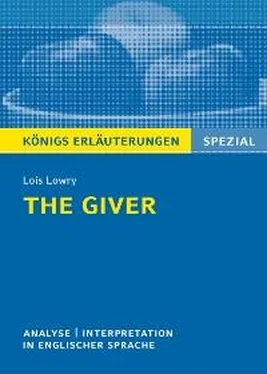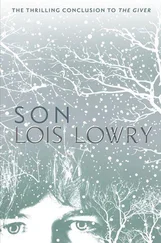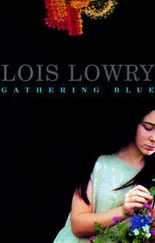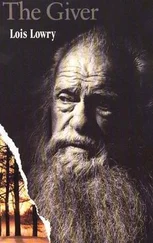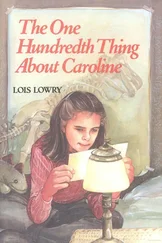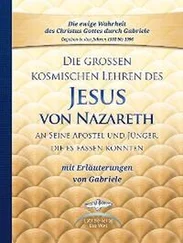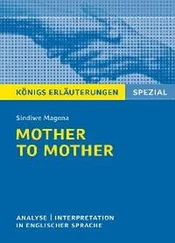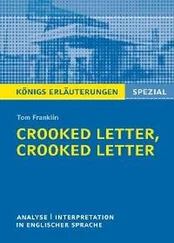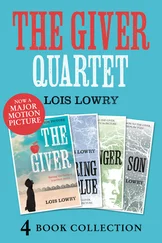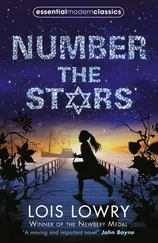Lowry’s The Giver is an unusual example of a book which has ancestors – Bradbury’s Fahrenheit 451 (1953) is an obvious one – without being an attempt to reproduce or imitate, and which has been both critically acclaimed and wildly popular, and yet has not produced imitations. Its contemporary background is interesting but actually less relevant to the book itselfthan is frequently the case, in particular for dystopias or SF, both being genres which by their very nature often tend to reflect on the environment in which they were created. As she explains in her Newbery Medal acceptance speech in 1994, the roots of The Giver go much further back than the contemporary world in which she wrote it – 1990s America – into her childhood in Japan and through the 1950s and 1970s[3]. The success of The Giver can be attributed in part to increasingly sophisticated marketing processes which allowed it to benefit from the growing exploitation of the YA fiction target audience, but its enduring power and success have to do with the fact that it is a book rooted in a much deeper past than the USA of the 1990s.
| 2.3 |
Notes on Other Important Works |
ZUSAMMENFASSUNG
Lowry has written more than 40 books for children and young adults. She has won and been nominated for many prizes for her work, including the most prestigious awards in the field of children’s literature, including the Hans Christian Andersen Award and the Newbery Medal (twice). Her most famous, popular and acclaimed books are The Giver (1993) and Number the Stars (1989).
Many of her books have been multi-volume series, like The Giver , which became a quartet, and the Anastasia series for younger readers, with nine books written between 1979 and 1995. She has also written several stand-alones and an autobiography. Her most recent book was Gooney Bird and all her Charms (2014), the sixth title in the Gooney Bird series for younger readers.
Lois Lowry has written too many books to present them all in this study guide, but here is an overview of a few of her most important published titles.
The Giver Quartet
Lowry says of the “sequel” to The Giver that she imagined a world “of the future […] one that had regressed instead of leaping forward technologically as the world of The Giver has”[4]. All of the books are set in the same world, but each one has a different protagonist.
She has often been asked why she waited so long – or why it took so long – to continue the story begun in The Giver . In her Newbery Medal acceptance speech she uses the metaphor of a river and its tributary streams to describe the accumulation of ideas and inspirations for a story[5]. When asked about the last book in The Giver quartet, she uses a cooking metaphor:
”I very often have things brewing for a long time... It’s as if on another stove somewhere, in another house, a soup or a stew is cooking, and from time to time I tend to it and toss in a different herb or sprinkle some pepper into the pot and let it return to its simmer. The book that is now called Son (for years it had no title) was like that. It was there, it was Gabe’s story, it was started, and it needed time to simmer.”[6]
Gathering Blue (2000)
Kira is a girl born with a deformed leg. The society she lives in gets rid of its weak or disabled members. Normally she would have been sent to the Field, where she would have become a victim of The Beasts, but she has a talent for embroidery and begins to learn the art of dyeing colours. The only colour no one knows how to make is blue, which has been lost. She learns more about the secrets of the world around her (like Jonas in The Giver ). The end of the book includes hints that a boy from another community has blue eyes (an implied reference to Jonas).
Messenger (2004)
This book follows the story of a character from Gathering Blue called Matt (or Matty) who is a Messenger, carrying news and messages between settlements. He is a friend of Kira’s in the earlier book. In Messenger we learn that Jonas has survived and is Leader of a community, and that Gabe is also still alive. It is set roughly eight years after the events of The Giver .
Son (2012)
When asked why she decided to write Son, Lois Lowry said that it was because so many readers had asked her what had become of Gabe, the baby from The Giver [7]. So Son is about Gabe, although the larger part of the book is mostly about his Birthmother Claire. The story is told in three parts, ‘Before’, ‘Between’ and ‘Beyond’, covering the time from Claire’s pregnancy with Gabe (who is actually called Thirty Six) at the age of 14 to Gabe as a young man, with special powers, who must defeat an evil force (the Trademaster) to save his mother.
Other titles
Autobiography: Looking Back (1998); revised and expanded 2016
A Summer to Die (1977): This debut novel was obviously a very personal and intimate project for Lowry. It was her first published novel, and was inspired by the death from cancer of her elder sister at the age of 28. The story is similar: the protagonist, Meg, is the younger sister of Molly, who dies of leukaemia. The book is about families, grief, and how to find love and comfort in loss and suffering.
Number the Stars (1989): Next to The Giver, this is probably Lowry’s most famous and acclaimed book. Told from the perspective of a teenage girl, it is an historical YA novel about the escape of a Jewish family from Copenhagen, Denmark, during the Nazi occupation in World War 2. It was the first of Lowry’s books to win the prestigious Newbery Medal (the other being The Giver). The title is a reference to Psalm 147 in the Bible[8]. It remains one of the bestselling children’s books of all time[9]. It was widely praised by critics and has been adapted for the stage several times. A film production is also planned.

| 3. |
Analyses and Interpretations |
ZUSAMMENFASSUNG
Lowry’s inspirations and sources for The Giver were her own memories and her thoughts about how memory works. The other major themes of conflict and individualism are also drawn from her own experience and thoughts about life. In her 1994 Newbery Medal acceptance speech, Lowry gave an unusually detailed and thoughtful account of the accumulated inspirations and origins of the book.
In her acceptance speech when she was awarded the Newbery Medal [10] for the second time in 1994, Lois Lowry spoke in detail about things from her own life which had influenced The Giver . She uses a river as a metaphor for a life, for the accumulation of memories and influences, and for the idea of the past and the passage of time itself. She quotes from The Giver , a scene where Jonas looks at a river and “the history it contained … there was an Elsewhere from which it came, and an Elsewhere to which it was going”[11]. She then uses this idea of “Jonas looking into the river and realizing that it carries with it everything that has come from an Elsewhere” as an expression of “the origins of this book”. Staying with the river metaphor, Lowry says that the individual memories she is about to discuss are like tributaries (small streams which flow into a river to increase it in size) which have contributed not only to the river of her life, but to the river which was the creative process which became/gave birth to The Giver .
Читать дальше
